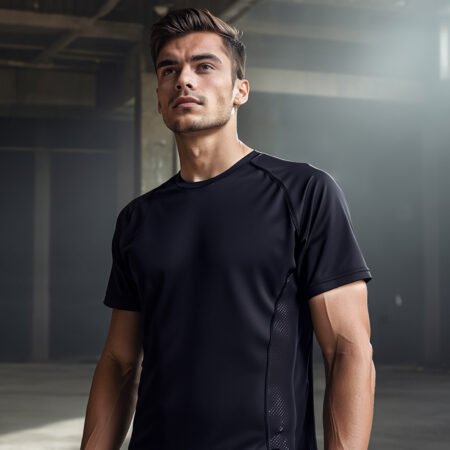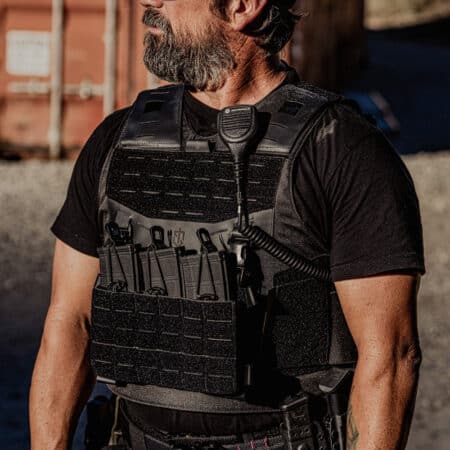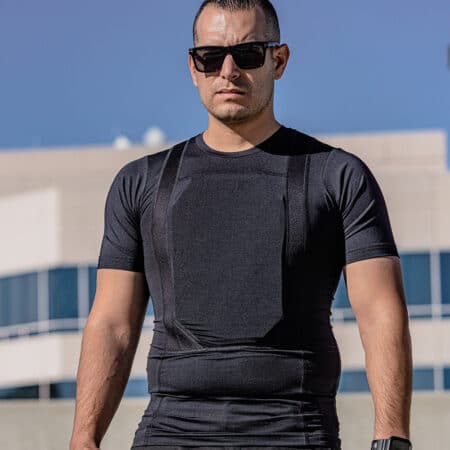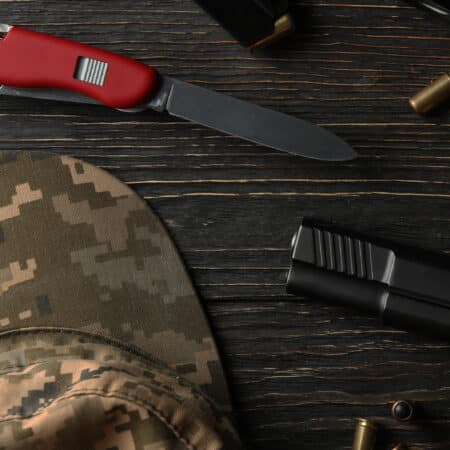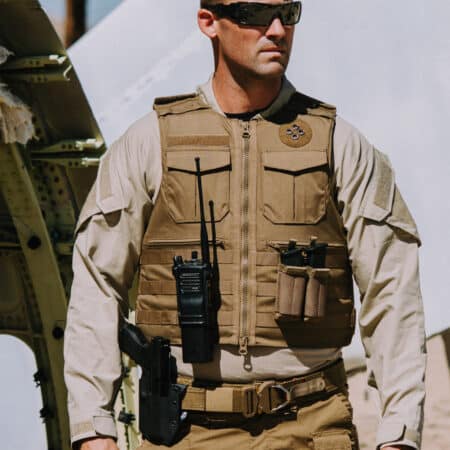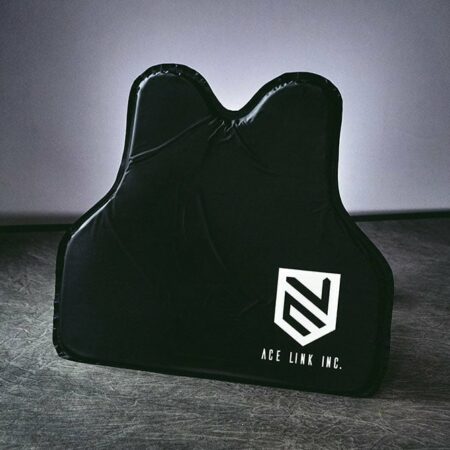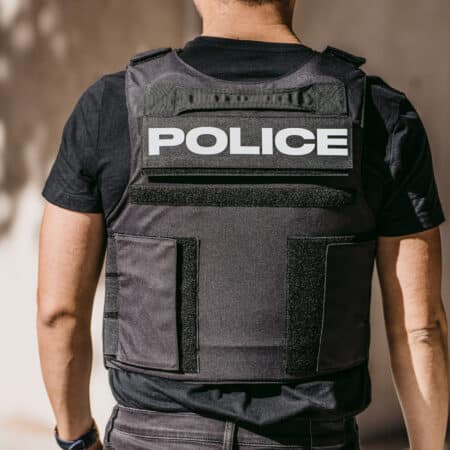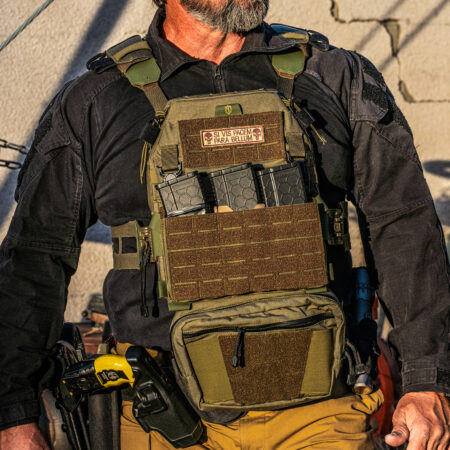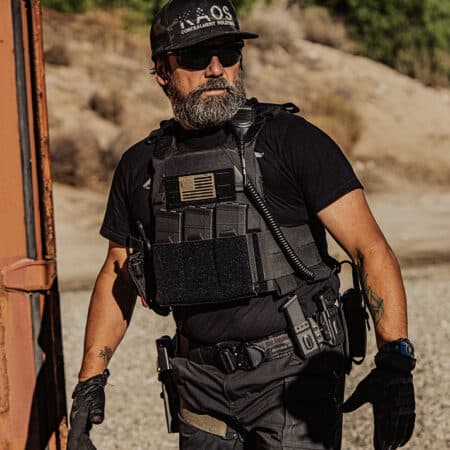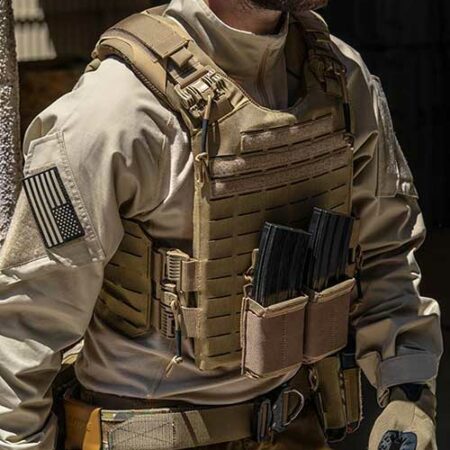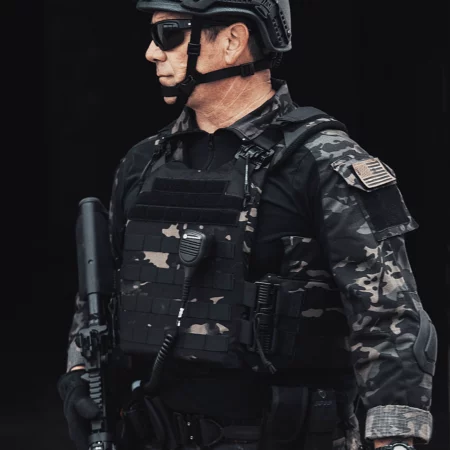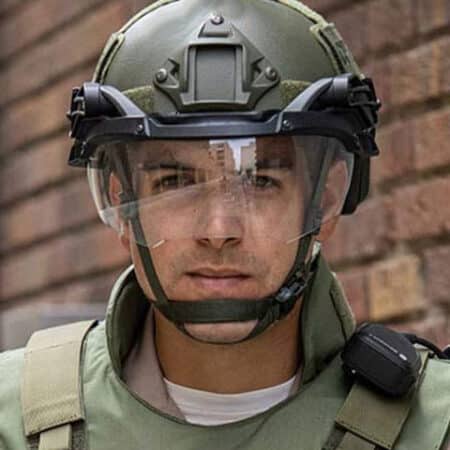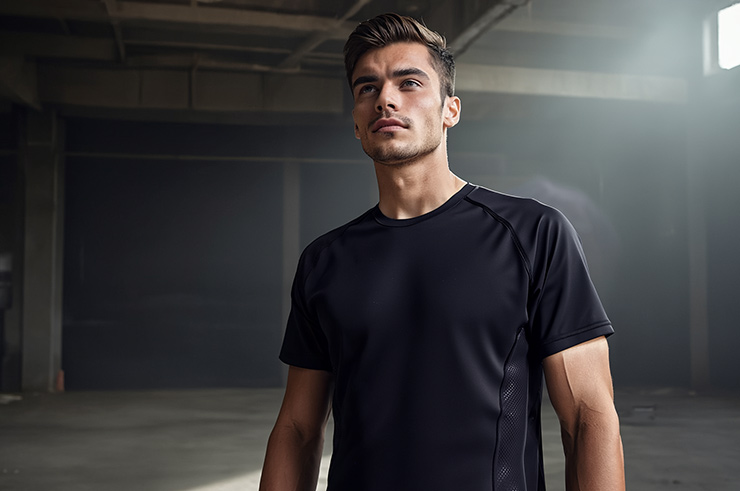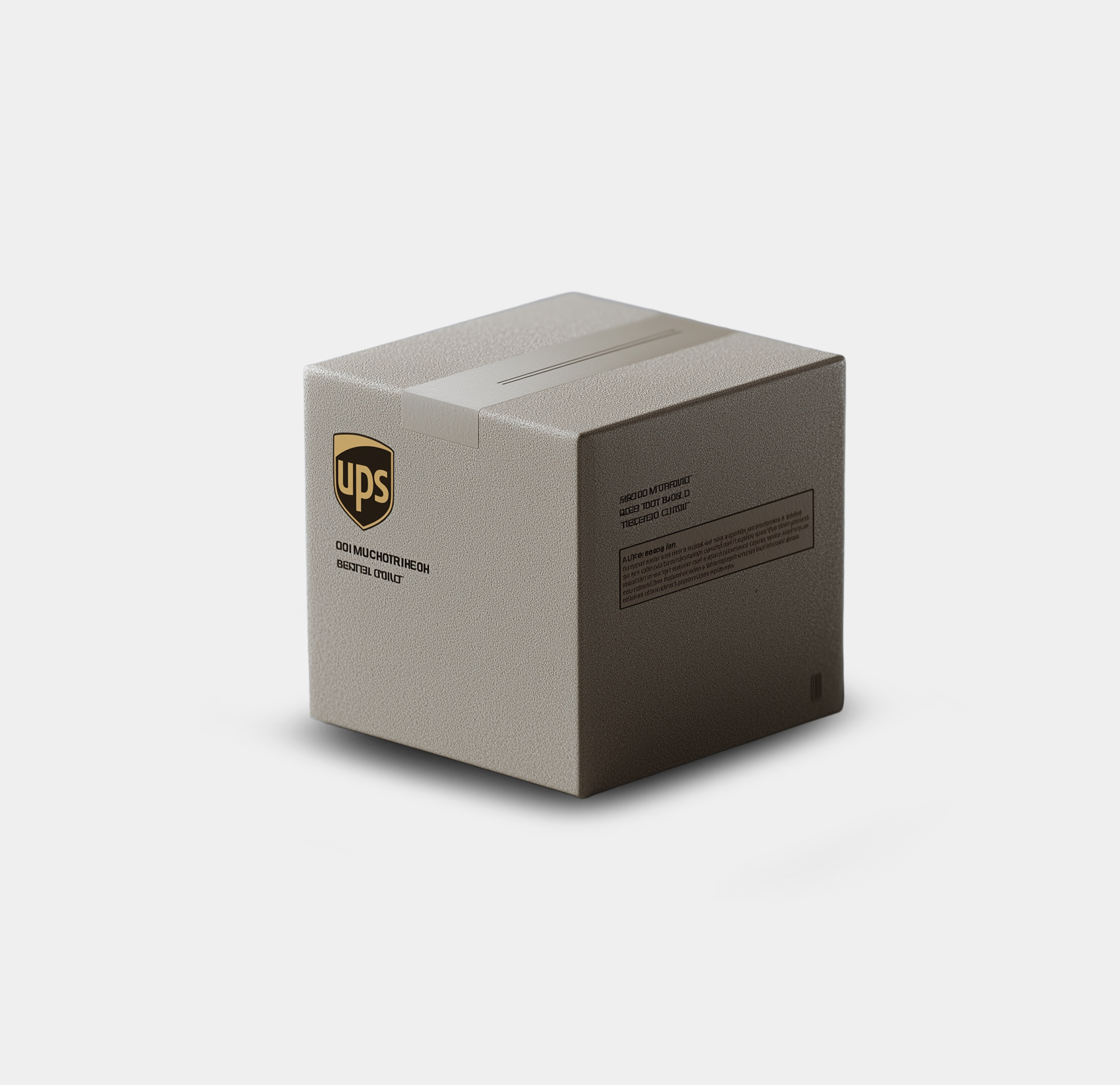- Table of Contents
- Key Takeaways
- Essentials Of Thermal Management In Body Armor
- Types Of Cooling Technologies And Materials
- Role Of Moisture Control And Base Layers
- Performance Impact For Tactical And Civilian Users
- Common Challenges And Practical Solutions
- Stay Cool and Protected with Advanced Thermal Management Gear
- Frequently Asked Questions
- Recommended
Up to 75 percent of users report that body armor causes noticeable heat discomfort during extended wear, according to recent industry surveys. When your safety depends on every second, excess heat and sweat can easily drain focus and stamina. New advances in thermal management have reshaped protective gear, enabling wearers to stay cooler and sharper under intense pressure. Explore how these breakthroughs in cooling technology and materials can shape performance and well-being for those who rely on body armor every day. Learn about base layer t-shirt from Ace link Armor.
Table of Contents
- Essentials Of Thermal Management In Body Armor
- Types Of Cooling Technologies And Materials
- Role Of Moisture Control And Base Layers
- Performance Impact For Tactical And Civilian Users
- Common Challenges And Practical Solutions
Key Takeaways
| Point | Details |
|---|---|
| Thermal Management is Essential | Effective thermal management enhances comfort and performance, crucial for operational effectiveness in high-stress environments. |
| Innovative Cooling Technologies | The integration of passive and active cooling technologies is vital for mitigating heat stress and maintaining physiological conditions. |
| Moisture Control Improves Performance | Strategic moisture management through advanced base layers significantly reduces heat strain and improves user comfort. |
| Impact on Cognitive Function | Thermal characteristics of body armor can negatively affect cognitive capabilities, emphasizing the need for effective thermal solutions in tactical scenarios. |
Essentials Of Thermal Management In Body Armor
Understanding thermal management in body armor and base layer t-shirt is crucial for professionals who rely on protective gear in high-stress environments. According to research from the National Institute of Justice, temperature regulation directly impacts comfort, performance, and operational effectiveness for law enforcement and military personnel wearing body armor.

Thermal management involves strategically controlling heat transfer and moisture accumulation within body armor systems. Body armor heat management guide reveals that core body temperature can elevate dramatically during physical activity, creating significant physiological stress. The key challenges include:
- Reducing heat buildup around critical body zones
- Managing moisture and sweat absorption
- Preventing rapid core temperature increases
- Maintaining tactical readiness and cognitive performance
Research published in PubMed demonstrates that body armor coverage directly impacts core body temperature, with some systems causing temperature elevations that can compromise physical performance. Advanced thermal management technologies now integrate moisture-wicking fabrics, ventilation channels, and phase-change materials to mitigate these challenges. Body Armor Cooling Technology represents a critical evolution in protective gear design, transforming how professionals stay cool and comfortable during intense operational scenarios.
Types Of Cooling Technologies And Materials
Thermal management technologies for body armor have evolved significantly, offering professionals innovative solutions to combat heat stress and maintain operational performance. According to a systematic review published in PubMed, researchers have developed both active and passive cooling technologies specifically designed to reduce physiological strain during high-intensity activities.
Passive cooling technologies leverage advanced material science to regulate body temperature. These include:
- Phase-change materials that absorb and release heat
- Moisture-wicking fabrics with enhanced thermal conductivity
- Engineered mesh structures promoting air circulation
- Breathable synthetic polymers with enhanced heat dissipation properties
Research from Missouri State University highlights the critical role of material selection in thermal management. Different ballistic materials like Dyneema and Kevlar exhibit varying thermal characteristics, with some offering superior heat regulation capabilities. Understanding Thermal Comfort While Wearing Body Armor demonstrates that strategic material engineering can significantly reduce heat accumulation without compromising protective performance.
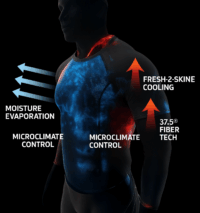
Active cooling technologies represent the cutting edge of thermal management. These advanced systems incorporate integrated cooling elements such as micro-ventilation channels, liquid-cooled inserts, and electrically powered temperature regulation mechanisms.
Here’s a summary of cooling technologies used in body armor:
| Technology Type | Key Features | Example Materials/Components |
|---|---|---|
| Passive Cooling | No power needed Heat absorption Enhanced air flow |
Phase-change materials Moisture-wicking fabrics Engineered mesh |
| Active Cooling | Requires power or mechanical systems Active temperature regulation |
Micro-ventilation channels Liquid-cooled inserts Electrical cooling elements |
| By implementing these sophisticated technologies, modern body armor can now maintain optimal physiological conditions, ensuring that professionals remain comfortable, alert, and ready for any operational challenge |
Role Of Moisture Control And Base Layers
Moisture management plays a critical role in body armor thermal performance, directly impacting user comfort and operational effectiveness. According to the National Institute of Justice’s comprehensive report, the strategic selection of base layers and moisture-wicking materials can significantly reduce heat strain and improve physiological response during intense physical activities.
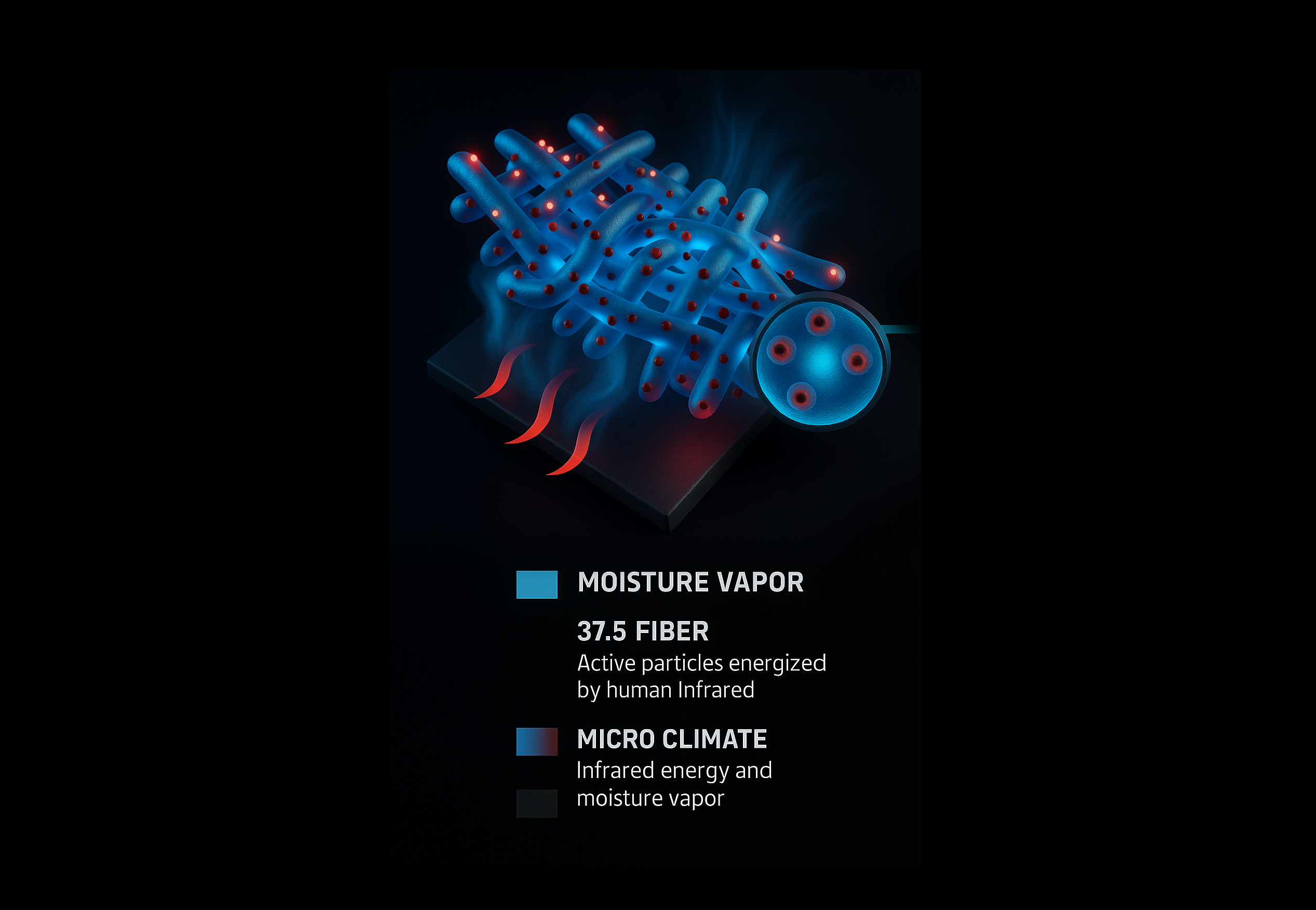
Effective moisture control strategies focus on several key mechanisms:
- Rapid sweat evaporation
- Thermal regulation through fabric technology
- Preventing excessive heat accumulation
- Maintaining skin temperature consistency
- Minimizing chafing and skin irritation
Research from PubMed highlights that ambient air induction and sophisticated base layer design can dramatically reduce heat strain while wearing concealed body armor. Body Armor Cooling Technology demonstrates how advanced base layers incorporate technologies like:
- Synthetic fibers with enhanced moisture-wicking properties
- Antibacterial treatments to reduce odor
- Compression zones for improved circulation
- Lightweight materials that facilitate heat transfer
By integrating intelligent moisture control technologies, modern base layers transform body armor from a potential thermal liability into a sophisticated thermal management system. Professionals can now maintain optimal physiological conditions, ensuring peak performance even in challenging environmental conditions.

Performance Impact For Tactical And Civilian Users
Thermal performance in body armor significantly influences operational effectiveness for both tactical professionals and civilian users. Research published in PubMed reveals that body armor’s thermal characteristics directly impact physiological and cognitive functions, especially during high-stress or physically demanding scenarios. See the below graph about Ace Link Armor Base Layer T-shirt.
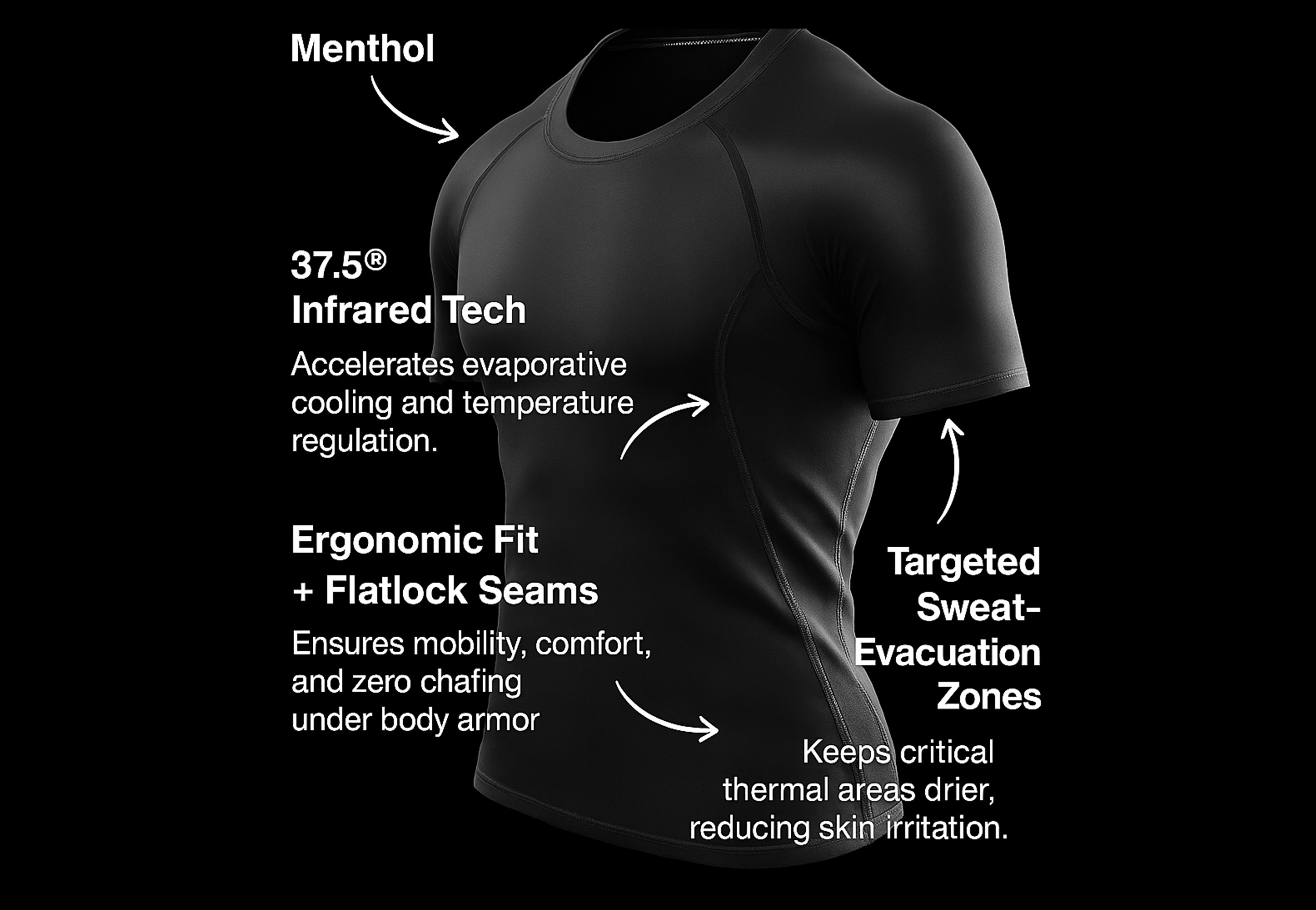
For tactical users, performance implications are critically nuanced:
- Reduced cognitive processing speed
- Increased physiological stress
- Higher core temperature elevation
- Accelerated fatigue development
- Compromised decision-making capabilities
Research investigating task-specific effects demonstrates that modular body armor can dramatically alter performance metrics. Understanding Why Use Tactical Gear highlights that heat stress can reduce task completion times by up to 22% and elevate heart rates beyond optimal operational ranges. Civilian users face similar challenges, with thermal management becoming increasingly important for personal protection scenarios.
Effective thermal management transforms body armor from a potential performance limitation to a strategic advantage. By integrating advanced cooling technologies and intelligent material design, modern body armor enables professionals and civilians to maintain peak physical and cognitive performance, regardless of environmental challenges or operational intensity.
Common Challenges And Practical Solutions
Thermal management in body armor presents complex challenges that require sophisticated, multi-layered solutions. Research demonstrates that professionals face significant physiological stress when wearing protective gear in demanding environments, making innovative approaches critical for maintaining operational effectiveness.
Key challenges in body armor thermal management include:
- Rapid heat accumulation during physical activity
- Moisture retention and uncomfortable microclimate
- Reduced cognitive performance under heat stress
- Limited air circulation within armor systems
- Uneven temperature distribution across body zones
Practical solutions have emerged from advanced material science and engineering. According to PubMed research, reflective thermal inserts can significantly reduce physiological strain by managing radiant heat loads. Body Armor Cooling Technology highlights innovative approaches like:
- Strategically placed ventilation channels
- Phase-change material integration
- Moisture-wicking base layer technologies
- Breathable synthetic fabric developments
- Microclimate temperature regulation systems
By understanding and addressing these thermal challenges through targeted engineering, modern body armor transforms from a potential performance inhibitor to a sophisticated thermal management system. Professionals can now maintain peak physical and cognitive performance, ensuring safety and effectiveness in even the most demanding operational scenarios.
Stay Cool and Protected with Advanced Thermal Management Gear
Body armor that traps heat and moisture can drain your energy and cloud your focus right when you need to perform your best. The challenges of managing heat buildup, sweat accumulation, and core temperature spikes are real and can severely impact your comfort and safety. Thermal management is not just a feature but a critical necessity for anyone relying on body armor in intense operational environments.
That is why at AcelinkArmor, we focus on providing protective gear like base layer t-shirt designed with cutting-edge cooling technologies and moisture-wicking materials to keep you at your peak. Explore our selection of body armor and tactical gear engineered for optimal heat regulation. Whether you need advanced passive cooling fabrics or armor plates designed to dissipate heat efficiently, our catalog equips law enforcement, military personnel, and security professionals with reliable solutions. Learn more about how to enhance your comfort while staying protected with our Body Armor Cooling Technology and ensure your gear supports you in every mission.
Don’t let heat stress undermine your focus or physical readiness. Take control of your thermal comfort today by visiting AcelinkArmor.com and upgrade to gear that balances protection with smart thermal management. Your mission demands peak performance and so should your body armor.
Frequently Asked Questions
What is thermal management in body armor?
Thermal management in body armor refers to the strategic control of heat transfer and moisture within protective gear, aiming to enhance comfort and performance for users in demanding environments.
How do active and passive cooling technologies differ in body armor?
Active cooling technologies involve powered systems such as liquid-cooled inserts and micro-ventilation channels, while passive cooling technologies rely on advanced materials and fabric structures to regulate temperature without the need for power.
Why is moisture control important in body armor?
Moisture control is crucial as it facilitates rapid sweat evaporation, minimizes heat accumulation, and maintains skin temperature consistency, which impacts user comfort and performance during intense physical activities.
How does body armor thermal performance affect cognitive functions?
Thermal performance significantly influences cognitive functions, as higher core temperatures and heat strain can lead to reduced processing speed, increased fatigue, and compromised decision-making capabilities during operations.
Recommended
- Body Armor Cooling Technology – Ace Link Armor
- Understanding Thermal Comfort While Wearing Body Armor – Ace Link Armor
- Heat Stroke: Wear Cooling Tactical Gear – Ace Link Armor
- Body armor heat management – Why Heat Is the Hidden Enemy – Ace Link Armor



